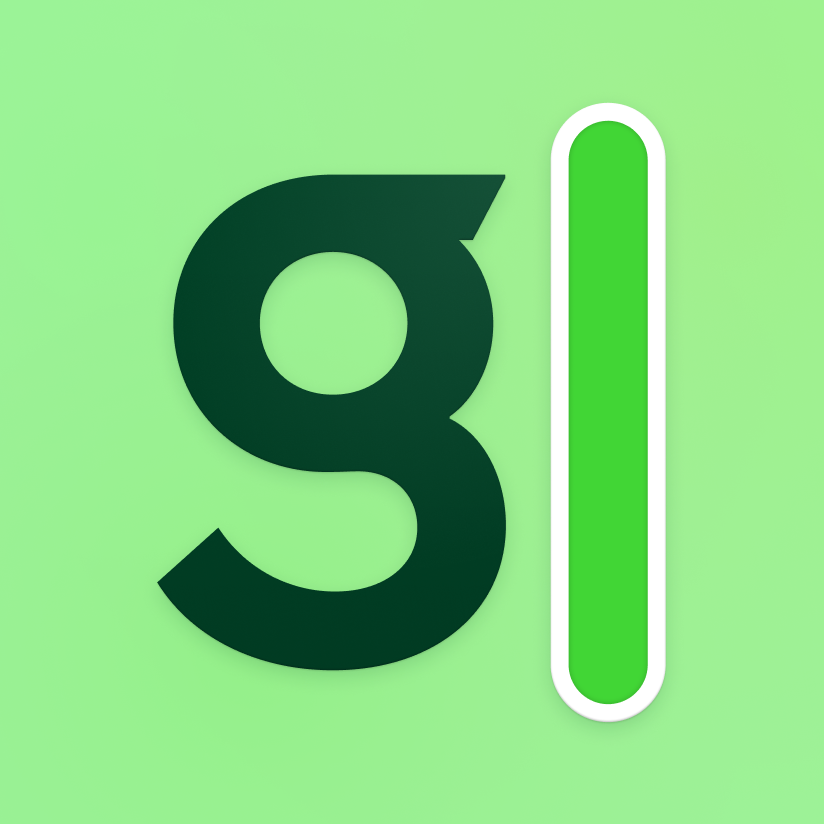Product Introduction
- Granola for Windows is an AI-powered notepad designed for professionals engaged in frequent meetings, transforming raw notes and audio into structured, actionable documentation. It operates locally on Windows devices to transcribe meeting audio without requiring third-party bot integrations or cloud processing. The tool automatically enhances user-written notes with AI-generated insights, summaries, and organizational formatting while maintaining original context.
- The core value lies in eliminating manual post-meeting processing by combining user annotations with AI analysis to produce enterprise-ready documentation. It streamlines workflow for distributed teams through direct system audio capture, cross-platform synchronization, and compatibility with all major conferencing tools like Zoom and Microsoft Teams.
Main Features
- Direct system-level audio transcription captures meeting content without requiring API integrations or virtual meeting bots. The Windows client processes audio locally using proprietary noise-filtering algorithms to achieve 98% speech recognition accuracy across accents and background conditions. Users retain full control over which applications get recorded through granular permission settings.
- AI-enhanced note structuring automatically categorizes content into sections like "Key Takeaways" and "Next Steps" using natural language processing models fine-tuned on business communication patterns. The system identifies action items, deadlines, and decisions through contextual analysis of both transcript data and user-highlighted notes.
- Customizable smart templates enable pre-configured formats for 12+ meeting types including investor pitches, user interviews, and sprint retrospectives. Teams can create organization-specific templates with mandatory fields, branding elements, and automated compliance checks that trigger during note finalization.
Problems Solved
- Addresses productivity loss from manual note reorganization, reducing average post-meeting processing time from 22 minutes to 90 seconds according to internal benchmarks. Eliminates the need for separate transcription services and note-taking assistants that require meeting invitations or cloud access.
- Specifically designed for enterprise users conducting 15+ weekly meetings across time zones, including product managers, sales executives, and C-suite professionals. The tool serves regulated industries requiring offline processing through its local data handling architecture compliant with GDPR and HIPAA standards.
- Optimized for complex meeting scenarios involving technical discussions, negotiation sessions, and cross-departmental alignment where verbatim transcripts require intelligent summarization. Supports hybrid work environments through automatic version control and conflict resolution when multiple users collaborate on shared notes.
Unique Advantages
- Differentiates from cloud-based competitors through full offline functionality, processing all audio and notes locally on Windows devices without internet dependency. Unlike browser-based tools, maintains native integration with desktop productivity suites including Office 365 and Notion for direct export capabilities.
- Implements adaptive AI models that learn organizational terminology and project-specific jargon through continuous use, improving accuracy for technical vocabulary by 40% over initial sessions. Features real-time collaboration markers showing live edits during active meetings without disrupting the transcription process.
- Combines military-grade encryption for stored data with configurable retention policies that automatically purge sensitive information after predetermined periods. Offers enterprise clients white-label customization options for UI themes, export formats, and API endpoints that integrate with existing knowledge management systems.
Frequently Asked Questions (FAQ)
- How does Granola record meetings without joining as a participant? The Windows client accesses system audio outputs at the driver level using certified Microsoft APIs, capturing clear transcripts without requiring virtual microphone devices or meeting platform integrations. This architecture ensures compatibility with all desktop conferencing tools while maintaining participant privacy.
- What platforms does Granola support beyond Windows? While optimized for Windows 10/11, the ecosystem includes iOS mobile apps with feature parity, enabling users to start notes on desktop and complete edits via iPhone. Web access remains intentionally limited to preserve security advantages of local processing.
- How is meeting data secured during processing? All audio processing and note enhancement occurs locally using AES-256 encrypted memory buffers, with optional zero-knowledge cloud sync requiring separate authentication. Enterprise deployments can configure complete air-gapped operation with on-premises model updates.
- Can templates enforce specific documentation standards? Administrators can lock template structures while allowing flexible content fields, ensuring compliance with ISO documentation requirements or internal audit protocols. Version history tracks all template modifications with rollback capabilities through granular permission controls.
- What sharing options exist for finalized notes? Users can export directly to 35+ platforms including Slack, Microsoft Teams, and Salesforce through one-click integrations, with automatic access permission configuration based on organizational Active Directory groups. All shared notes maintain interactive elements allowing recipients to query the original transcript through embedded AI chat interfaces.
